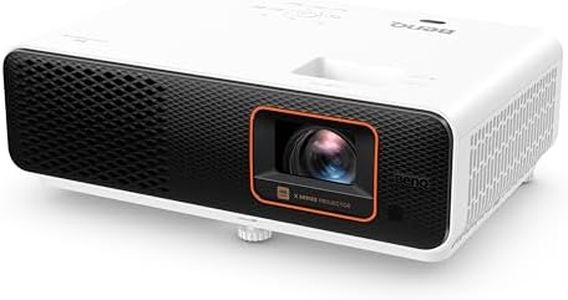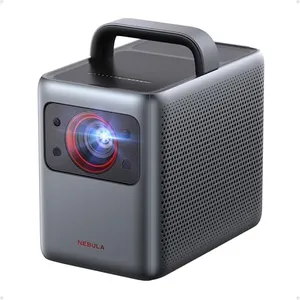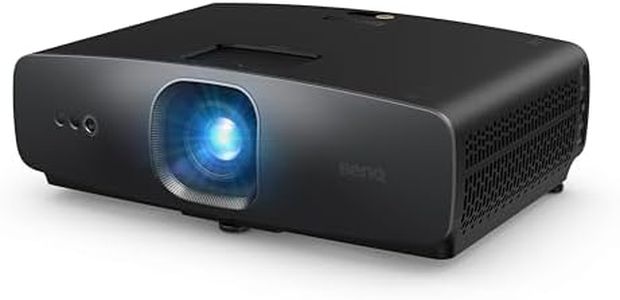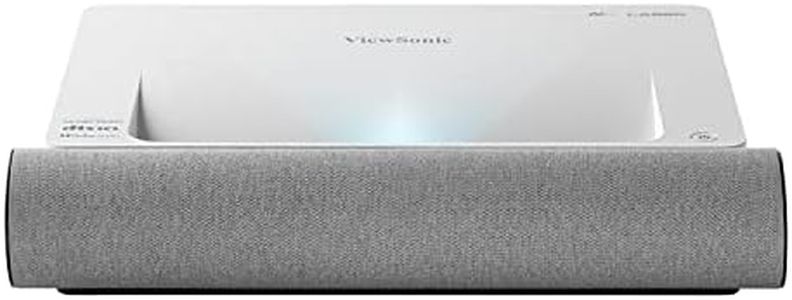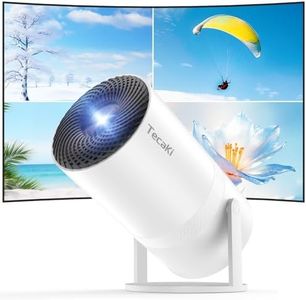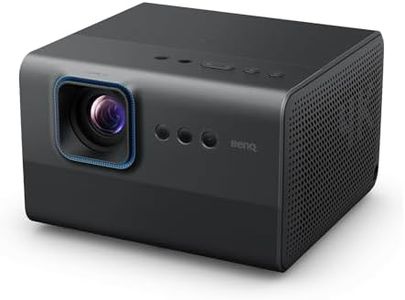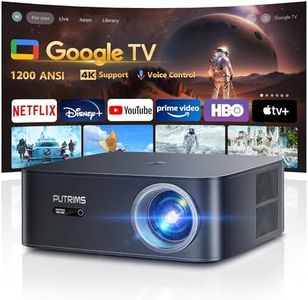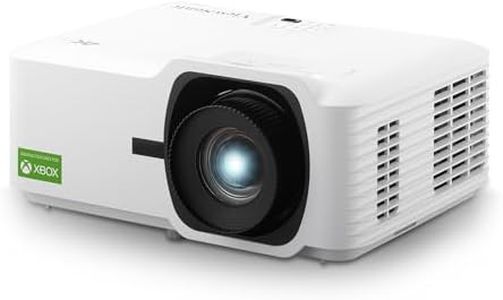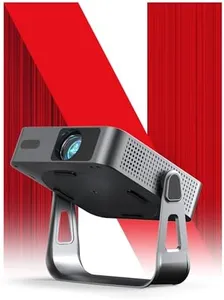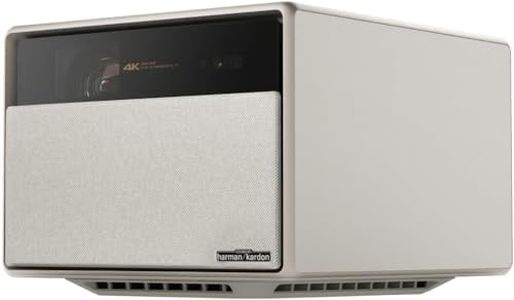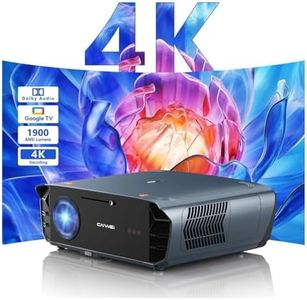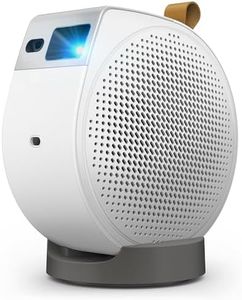We Use CookiesWe use cookies to enhance the security, performance,
functionality and for analytical and promotional activities. By continuing to browse this site you
are agreeing to our privacy policy
10 Best Projector For Home Theater
From leading brands and best sellers available on the web.Buying Guide for the Best Projector For Home Theater
Choosing a projector for your home theater can feel overwhelming, but focusing on a few key features will help you find the perfect fit for your space and viewing habits. Think about the size of your room, how dark you can make it, what you'll be watching most often, and where you'll place both the projector and the screen. The right projector should give you bright, clear images with good color accuracy, matching your unique needs and the way you plan to use it.Brightness (Lumens)Brightness measures how much light the projector can produce, usually expressed in lumens. This is important because the brighter the room, the more light your projector will need to create a visible, vibrant image. For darker, dedicated home theater rooms, lower brightness is often acceptable, while brighter living spaces may need a projector with higher lumens. Projectors under 2000 lumens work best in very dark rooms, those between 2000-3000 lumens are good for rooms with some ambient light, and anything above 3000 lumens is for the brightest spaces or for use during daytime. Think about where the projector will be used and whether you can control the lighting—this will guide your choice on brightness.
ResolutionResolution refers to the number of pixels the projector can display (e.g., 1920x1080 or 'Full HD', 3840x2160 or '4K'). This is key for image sharpness and detail. For watching movies and TV shows, higher resolution brings out more detail, especially on larger screens. If you prefer a crisp, cinema-like experience and plan on having a bigger screen, 4K offers excellent clarity, but Full HD is still very good for most setups, especially if you’re viewing from further back. Choose based on your screen size, the distance you'll sit from it, and how much sharpness matters to you.
Contrast RatioContrast ratio compares the difference between the darkest black and the brightest white a projector can make. A higher contrast ratio means you’ll see more detail in shadows and highlights, which is important for movie watching, especially in dark scenes. Contrast ratios can be complicated because they're measured differently, but generally, a higher number is better for home theater. For a truly cinematic feel in a dark room, prioritize a good contrast ratio so movies look rich and dynamic. If you're watching mostly during the day in bright rooms, contrast matters less, as ambient light washes out deeper blacks.
Throw Distance and ZoomThrow distance is how far the projector needs to be from the screen to create an image of a certain size. Some projectors are designed for 'short throw,' which means they can create large images from close to the screen, while 'long throw' models need to be further back. Many home theater projectors also have zoom, which allows you to fine-tune the image size without moving the device. Consider your room’s layout and how much space you have. If your room is small or you can’t place a projector far back, look for a short throw or adjustable zoom. If you have lots of space, a regular or long throw model will work.
Inputs and ConnectivityInputs are where you plug in your video sources like streaming devices, DVD/Blu-ray players, game consoles, or computers. Common options include HDMI and USB, and some models offer wireless options like Wi-Fi or Bluetooth. It's important because you want to make sure your projector connects easily to what you use most. Check what connections your devices use and make sure the projector supports them, so setting up is straightforward and you avoid using extra adapters.
Lamp LifeLamp life tells you how long the projector’s light source will last before it dims or needs replacing. Home theater projector lamps can last from a couple thousand to tens of thousands of hours, depending on the type—traditional bulbs last less, LEDs and lasers last much longer. If you plan to use your projector often, longer lamp life means less maintenance and lower costs down the road. For occasional movie nights, standard lamps might be fine, but for daily use, look for models with longer lamp or light source life.
Color AccuracyColor accuracy is how true the projected images look compared to how things appear in real life. This matters most if you care about movies looking natural and vibrant. Some projectors are better at reproducing accurate colors, which enhances the overall experience. Look for features like color calibration, support for wide color gamuts, or user reviews mentioning great color quality—especially if movie watching is your main activity. If you're less sensitive to color nuance, this spec might not need as much priority.

